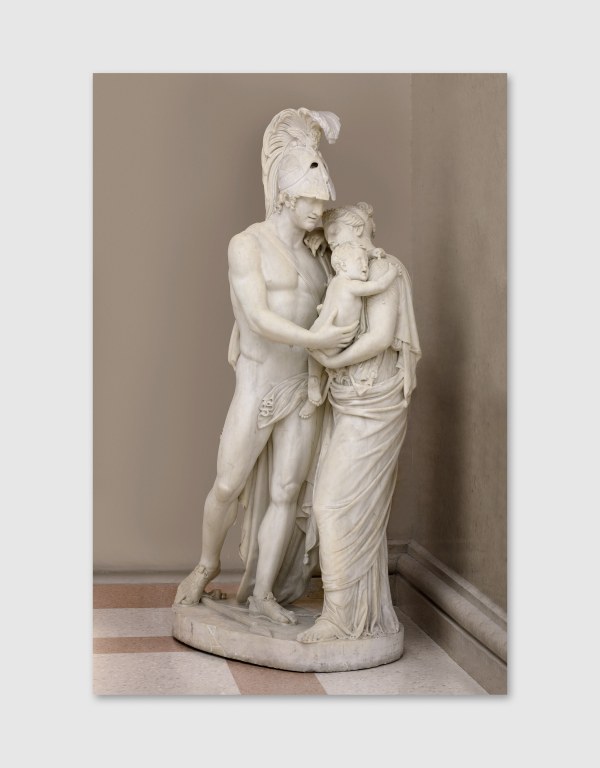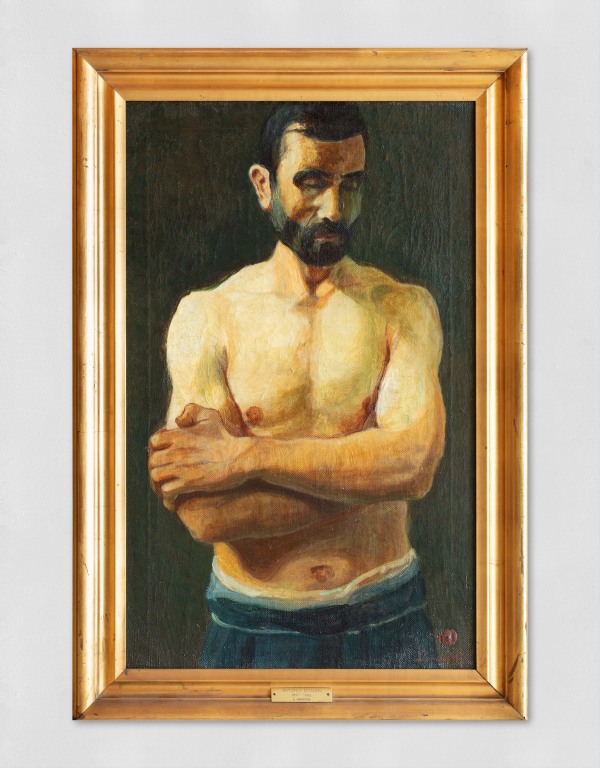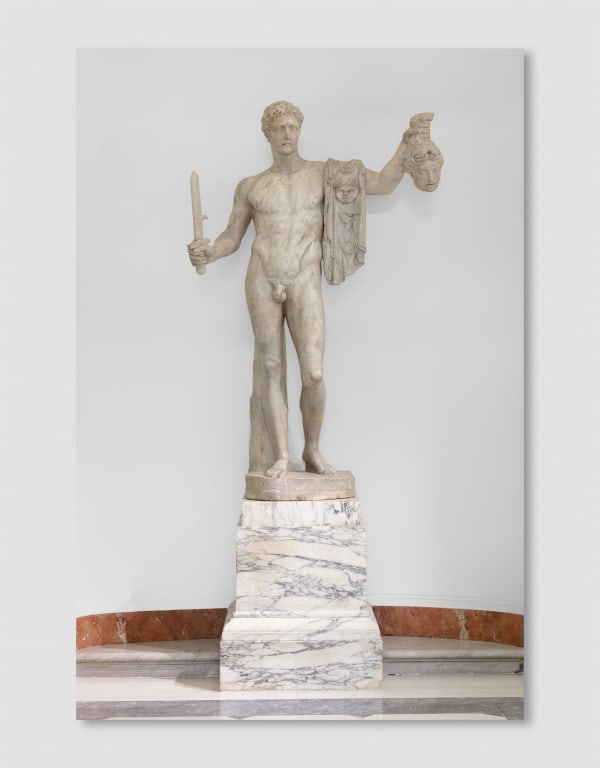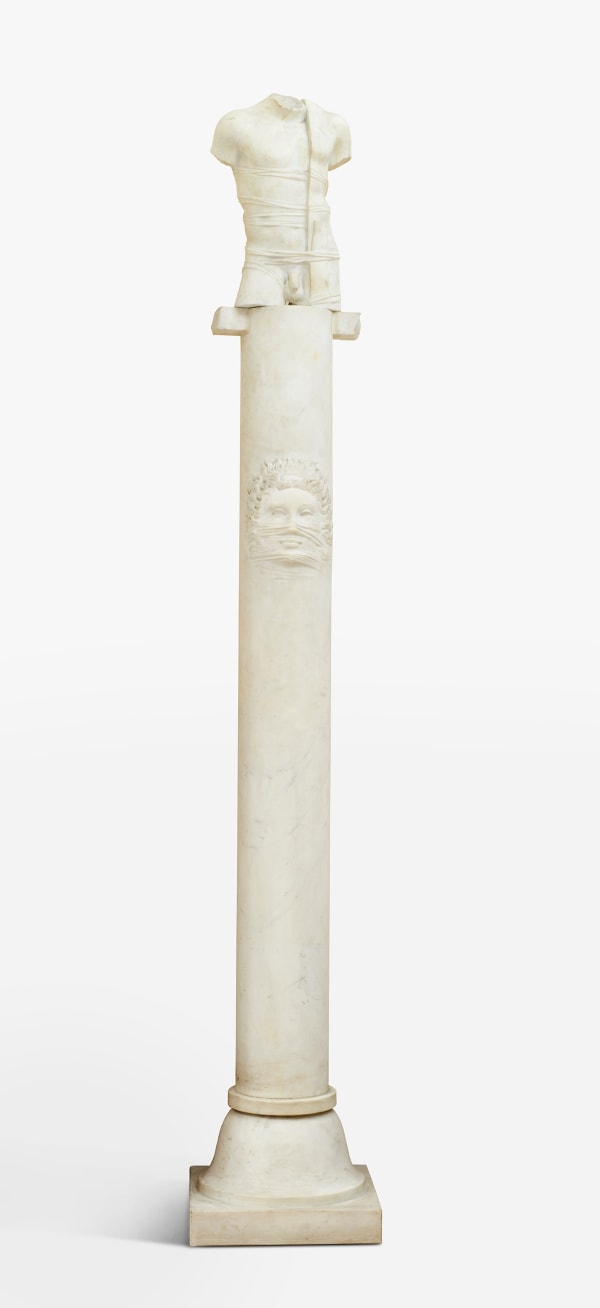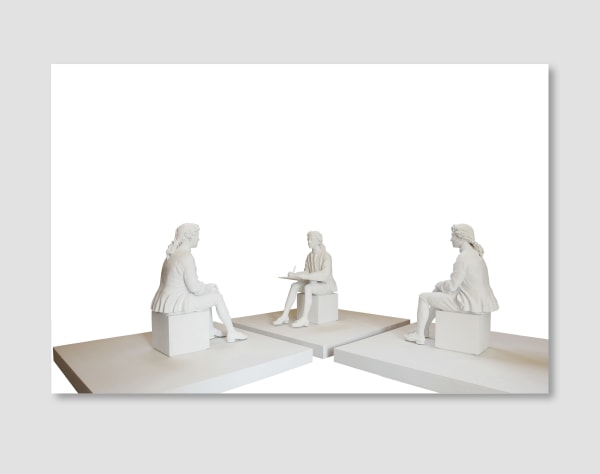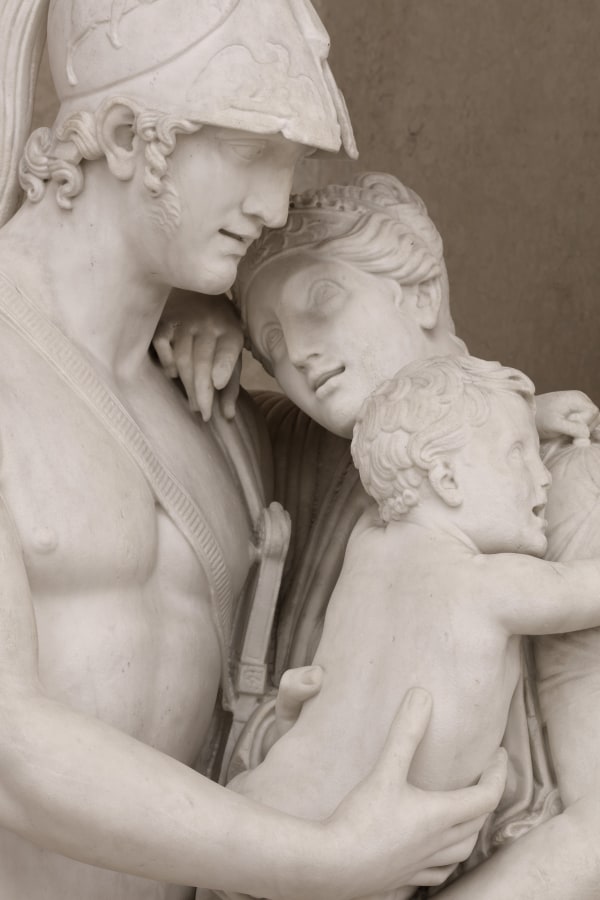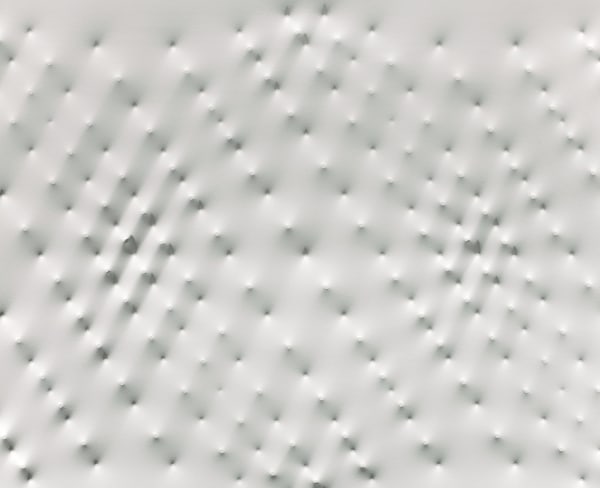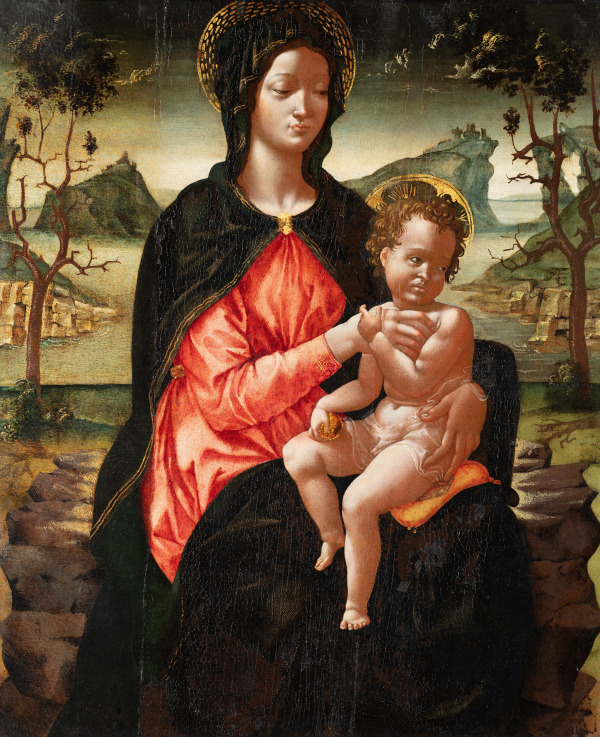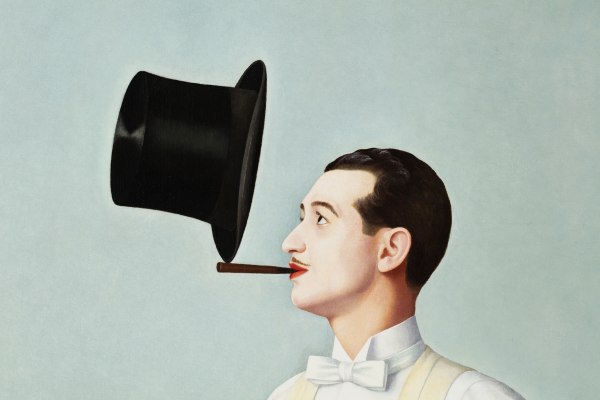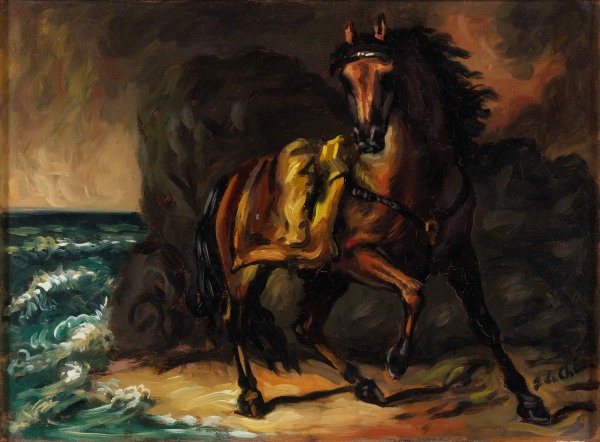-
From ancient cave paintings to modern-day works, art often begins with a reality that undergoes deconstruction, transformation and reinterpretation through the unique perspective of the artist.
The human body serves as a pivotal illustration of this concept, acting both as an initial inspiration and a continually evolving subject. It stands as a testament to the prevailing image perception of the era to which the artwork belongs. In its representations in art history, we find virtuous models like “Perseo” (“Perseus”), an example of the hero par excellence. This figure takes on a propagandistic value, shedding light on the role that imperial statuary played during the peak of the Roman Empire.
As time passes and society evolves, the body becomes a vehicle for information, symbolism and messages of a social and political nature, as well as a reflection of the inner life of the individual. In the work “Minatore” (“Miner”) by Antonio Donghi, for instance, the representation of the miner’s human form represents an entire social class. Simultaneously, around the same period, Emilio Gola, in “Figura di donna – Edvige” (“A women’s figure – Edvige”), uses the portrait as an intimate medium to capture the essence of a beloved person.
The historical depth of the UniCredit Art Collection allows us to appreciate this evolution.
-
 Giovanni Luteri, known as Dosso DossiIl risveglio di Venere, 1520 circaSeries:Oil on canvas / Olio su tela / Öl auf Leinwand46 1/2 x 61 in
Giovanni Luteri, known as Dosso DossiIl risveglio di Venere, 1520 circaSeries:Oil on canvas / Olio su tela / Öl auf Leinwand46 1/2 x 61 in
118 x 155,5 cm -
-
 Giovanni Luteri, known as Dosso Dossi, Il risveglio di Venere, 1520 circa
Giovanni Luteri, known as Dosso Dossi, Il risveglio di Venere, 1520 circa -
 Maurizio Galimberti, Matt Taylor, 2007
Maurizio Galimberti, Matt Taylor, 2007 -
 Antonio Carneo, Menade addormentata, c.1650-1700
Antonio Carneo, Menade addormentata, c.1650-1700 -
 Giuseppe De Fabris, Addio di Ettore ad Andromaca, 1817
Giuseppe De Fabris, Addio di Ettore ad Andromaca, 1817 -
 Emilio Gola, Figura di donna - Edvige, 19th century, 2nd half
Emilio Gola, Figura di donna - Edvige, 19th century, 2nd half -
 Antonio Donghi, Il Minatore, 1922
Antonio Donghi, Il Minatore, 1922 -
 Roman Art, 3rd century AD, Figura femminile acefala (Cibele?)
Roman Art, 3rd century AD, Figura femminile acefala (Cibele?) -
 Roman Art, 2nd century AD, Perseo con la testa della Medusa, 2nd century AD
Roman Art, 2nd century AD, Perseo con la testa della Medusa, 2nd century AD -
 Igor Mitoraj, Colonna con Gorgone, 1988
Igor Mitoraj, Colonna con Gorgone, 1988 -
 Giulio Paolini, Tre per tre (ognuno è l'altro o nessuno), 1998
Giulio Paolini, Tre per tre (ognuno è l'altro o nessuno), 1998
-
Join our mailing list
* denotes required fields
In order to respond to your enquiry, we will process the personal data you have supplied in accordance with our privacy policy.






